Generation Why: On Brands And The Success Of The Honda 2012 Civic
I agree with Dyson. Brand is an utterly obnoxious word. Brand really just means “reputation”. As we’ve seen before, “building your brand” without any substance behind it will be immediately exposed as fraudulent. But brands still matter.
Being as good as your last product has a lot of implications. It’s probably why the Honda Civic, despite being panned by critics, still draws in customers in reasonable numbers. The Civic, depending on what month we’re talking about, is the best-selling car in its segment, or close to it. The issue with the Civic isn’t that the critics are dead wrong and out of touch (in a sense, it’s true) or that it’s a dreadful vehicle (false, but it could have been much, much better) – it’s that the Civic is just good enough. To the average consumer who doesn’t live and die by double wishbone suspensions, it feels like their old Civic, but fresh and taut and not smelling like dogs and gym socks.
Just for comparison, I went and took a look at the 2000 Civic, owned by my grandmother, with a mere 50,000 miles. After driving the 2012, she vastly prefers it to her car, with the chief complaints being the dual stack cluster being a bit hard to see, and the lack of an illuminated ring around the ignition key. There is way more power from the 1.8L engine, the automatic gearbox in her LX test car has 5-speeds rather than 4, the driving position and visibility are leagues ahead of the old EK sedan – really, everything is just better, new, improved, the benefit of 12 years of technological improvements. Yes, the interior is spartan, with awful plastics and an ugly layout. Was the 2000 Civic, regarded as one of the best Civics in the car’s history, any different in terms of interior quality? Even in the “golden era” of the 1990s, certain items, like the flimsy, mouse-fur sun visors were a punchline. The game has moved on compared to its competitors, but to the people buying the car, it’s not such an affront to their dignity like some members of the motoring press would have us think.
On paper, the Elantra, Focus and Cruze are the superior cars, packed with the latest infotainment, sophisticated drivetrains and avant-garde styling. By comparison, 2012 Civic is simple and easy to operate. The other three have a mess of buttons and cluttered interiors that drive up the sticker price and scare off techno-phobic older buyers as well as young buyers who don’t necessarily have the patience for Sync, MyLink and other in-dash hijinks. Older buyers will care more about value for money. For young people, a Ford Focus is a distant memory of a cheap rental car, and you still have to justify the purchase of a Hyundai to a few of your friends, no matter how good it looks or how much equipment it comes with. You don’t with a Civic.
The danger for Honda is that this could be the last Civic these folks ever purchase. The rough ride and the awfully hollow sound made when the trunk slams may be the sort of thing that compels consumers to look else where. The 2013 redesign will supposedly address the styling and add a CVT and direct injection – robbing the Civic of whatever mechanical robustness it still had compared to the untested, GDI-equipped, tech-laden competition. If Civic customers end up defecting to Hyundai, Chevrolet or Ford, they’ll find a car that may be a bit more than what they wanted, but one that does look and feel more “premium”, along with a brand that’s had a few years to ripen and perfect their image. Honda’s brand is no longer steeped in the mystique of NSXs, S2000s and Type-R hot hatches. They simply are “Honda”, purveyor of durable, four-wheeled transportation. And if your brand is lost and you’re only as good as your last product, then Honda is in danger of losing them forever.
More by Derek Kreindler
Latest Car Reviews
Read moreLatest Product Reviews
Read moreRecent Comments
- ToolGuy 9 miles a day for 20 years. You didn't drive it, why should I? 😉
- Brian Uchida Laguna Seca, corkscrew, (drying track off in rental car prior to Superbike test session), at speed - turn 9 big Willow Springs racing a motorcycle,- at greater speed (but riding shotgun) - The Carrousel at Sears Point in a 1981 PA9 Osella 2 litre FIA racer with Eddie Lawson at the wheel! (apologies for not being brief!)
- Mister It wasn't helped any by the horrible fuel economy for what it was... something like 22mpg city, iirc.
- Lorenzo I shop for all-season tires that have good wet and dry pavement grip and use them year-round. Nothing works on black ice, and I stopped driving in snow long ago - I'll wait until the streets and highways are plowed, when all-seasons are good enough. After all, I don't live in Canada or deep in the snow zone.
- FormerFF I’m in Atlanta. The summers go on in April and come off in October. I have a Cayman that stays on summer tires year round and gets driven on winter days when the temperature gets above 45 F and it’s dry, which is usually at least once a week.



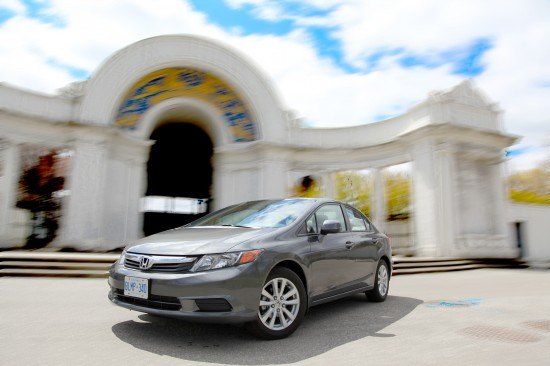





















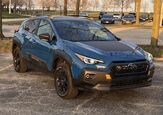
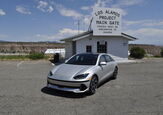






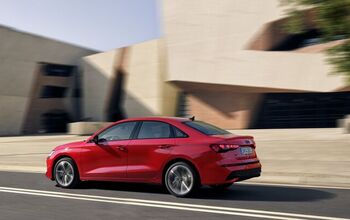
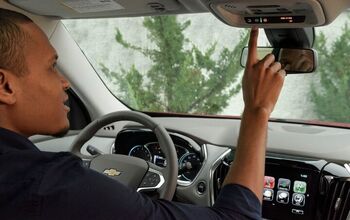

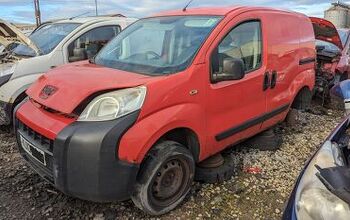
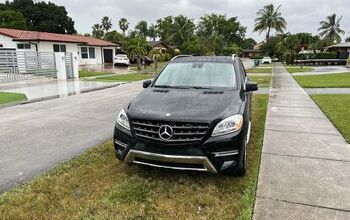

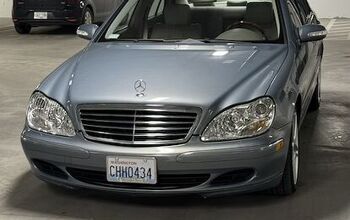
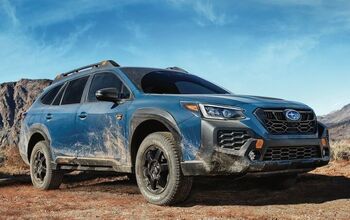
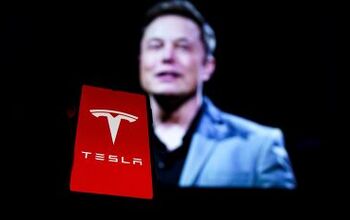


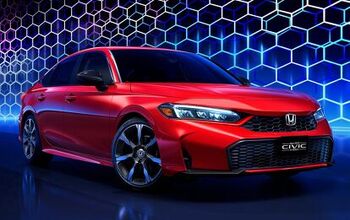
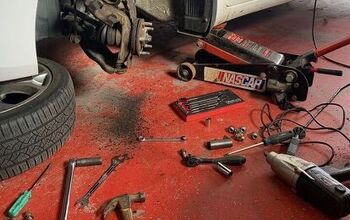

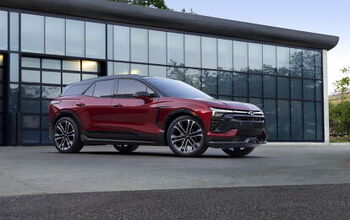


Comments
Join the conversation
Just wanted to comment on how 'regular people' don't like 'Enthusiast' cars like Mazda makes and cite as proof the superior sales of Hondas. I can find several Honda dealerships all within an hour's drive of where I live, same with Toyota, Nissan, Kia and Hyundai... I'd have to drive twice as far to find the nearest Mazda dealer, same with Suzuki and Subaru.. and even farther for Mitsubishi (All OEMs of at least one model 'Enthusiasts' sputter into apoplexy over, 'Why aren't these cars selling?') Simple, not enough dealerships, not enough market penetration. The 'Appliance-minded' Automobile shopper isn't actively seeking Camcords nor arbitrarily rejecting cars with Enthusiast cred, they're buying what's convenient.
To paraphrase an epigram which was once, and may be again, all the rage: "It's the product, stupid." It amazes and, occasionally, delights me that on many instances, despite all the savvy "marketing" and design effort, a vehicle is bought by a population segment which was not even on the radar screen when the car was conceived.....cases in point are the Honda Element and now the Kia Soul. Both of these vehicles were targeted for youthful active millenials. Both are now frequently seen being driven by Boomers who appreciate function, utility and value. If the OEM's just built cars for "enthusiasts", we'd all be driving Mustangs and 3-series. To echo a previous commenter, "appliance" is not a bad word. I want a car which I can trust that it will start, drive and keep me and my family safe, with reasonable maintenance at a reasonable "total cost of operation", but which also will not embarass me in the neighborhood or with my clients and colleagues. Honda Civic and Accord are in that sweet spot. Which is why an Accord LX, vintage 2012, is in my garage. The fact that of this automotive reasonableness costs me, in total, about $0.47 cents per mile, all in is a great bonus.